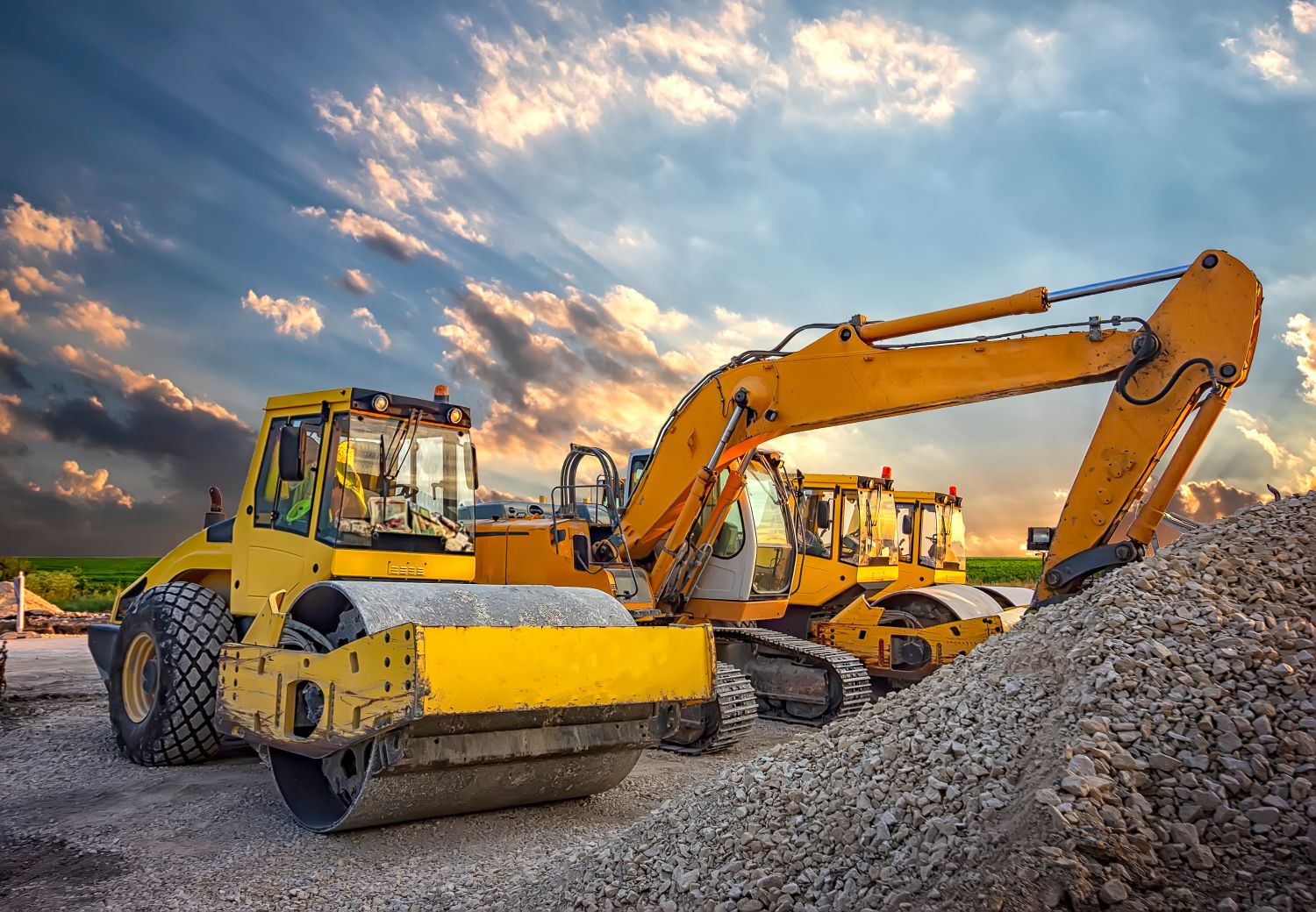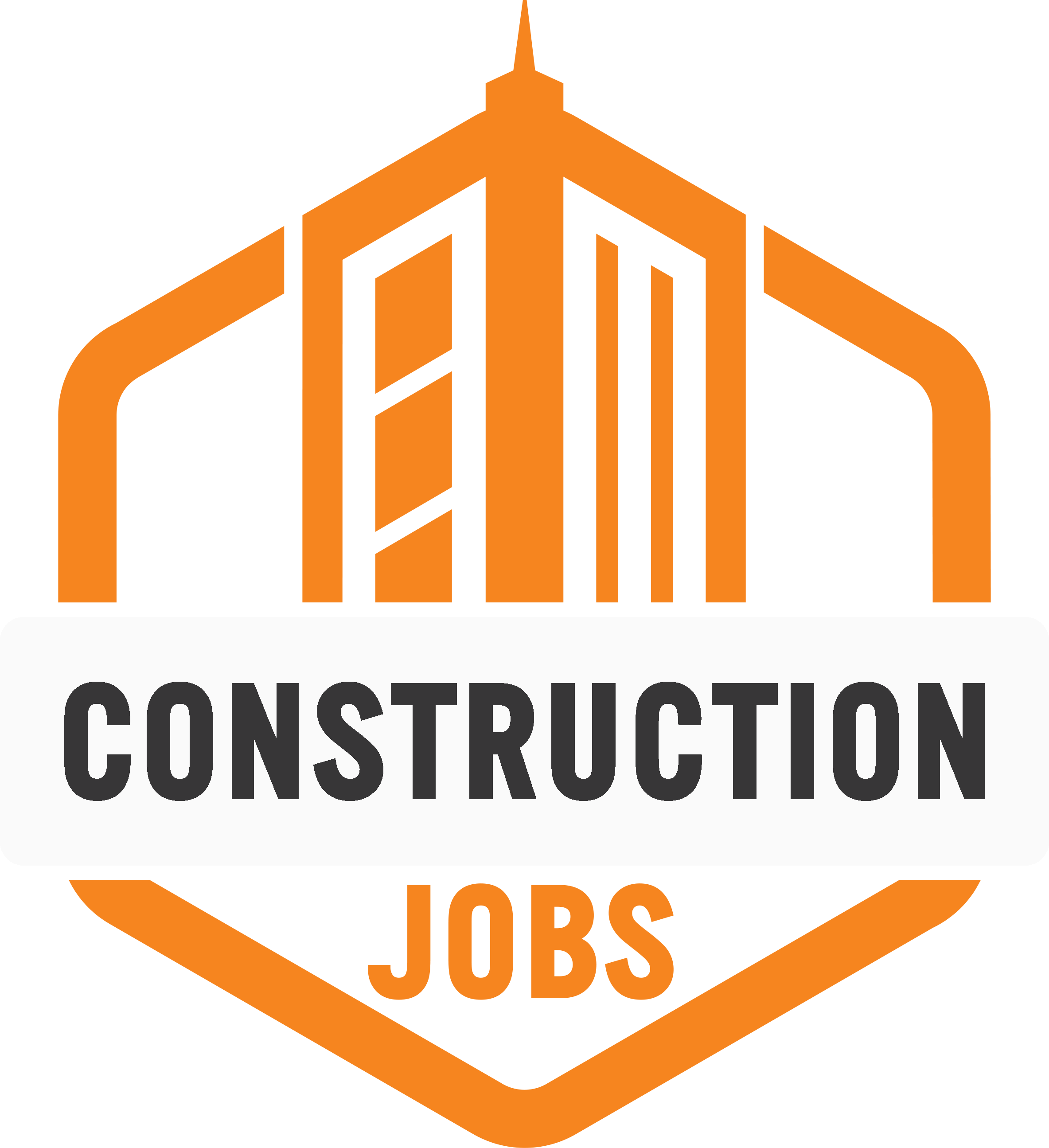8 Rookie Mistakes with Construction Equipment and How to Fix Them
Even seasoned professionals can make rookie mistakes when handling construction gear.

Proper equipment handling is essential for both safety and efficiency. Here are eight common construction equipment mistakes and how you can fix or prevent them.
1. Improper Equipment Sizing
Using the wrong-sized machinery for a job is a frequent mistake. Smaller machines may seem easier to handle, but if they lack power, you'll waste time and possibly damage them. On the other hand, using equipment that’s too large can result in less control and greater safety risks.
How to Fix It:
Assess project needs before choosing your gear. Refer to manufacturer specs and consult suppliers for the right fit.
2. Overloading Equipment
Overloading equipment can cause breakdowns or tipping over, endangering operators and bystanders. It may seem like pushing the limits will speed up the project, but it often has the opposite effect.
How to Fix It:
Always adhere to manufacturer weight limits. Ensure operators know these limits and the risks associated with ignoring them.
3. Neglecting Routine Maintenance
Skipping maintenance is a costly mistake. Construction equipment undergoes significant wear and tear, and neglecting it leads to breakdowns, delays, and higher repair costs.
How to Fix It:
Stick to a strict maintenance schedule. Regularly check oil levels, fluid leaks, tire pressure, and loose parts to ensure smooth and safe operation.
4. Inadequate Lubrication
Another common mistake — especially with blades and similar equipment — is failing to lubricate moving parts properly. This leads to excessive friction, overheating, and early wear, which can be particularly dangerous when working with high-speed machinery.
How to Fix It:
Lubricate moving parts as per the manufacturer's guidelines. Use the right type of lubricant and apply it at regular intervals to extend the life of the equipment and improve safety.
5. Skipping Operator Training
Assuming general knowledge suffices without proper training can lead to equipment misuse and accidents. Proper training helps operators handle machinery safely and efficiently.
How to Fix It:
Ensure everyone using gear undergoes regular equipment-specific training. This practice minimizes accidents and ensures safer job sites.
6. Poor Jobsite Communication
Lack of clear communication can lead to equipment mishandling and accidents. Many professionals assume everyone on site knows the plans and expectations, but this assumption can be costly.
How to Fix It:
Establish communication protocols from the start. Use radios or designated hand signals to ensure everyone is aware of equipment use and movements on-site.
7. Misjudging Terrain Conditions
Another rookie error is underestimating how terrain affects equipment performance. Uneven or soft ground can cause accidents or damage to machinery.
How to Fix It:
Assess terrain conditions beforehand. Adjust speed and handling based on the surface, and use specialized equipment for challenging terrains.
8. Ignoring Safety Features
Disabling or bypassing safety features on construction gear is a dangerous mistake. These features are there for a reason — to protect the operator and those around them.
How to Fix It:
Never turn off safety features, and ensure you understand how each feature works before using the equipment. Regularly inspect them to ensure they are functioning correctly.
Prioritize Proper Equipment Handling for Safety and Efficiency
Avoiding these rookie mistakes — like improper maintenance, inadequate lubrication, and misjudging terrain — helps minimize risks and boost productivity. Proper handling of construction gear extends its lifespan and keeps the jobsite safer. Make training, communication, and adherence to safety protocols a priority for smooth, efficient operations.
- Share This →

